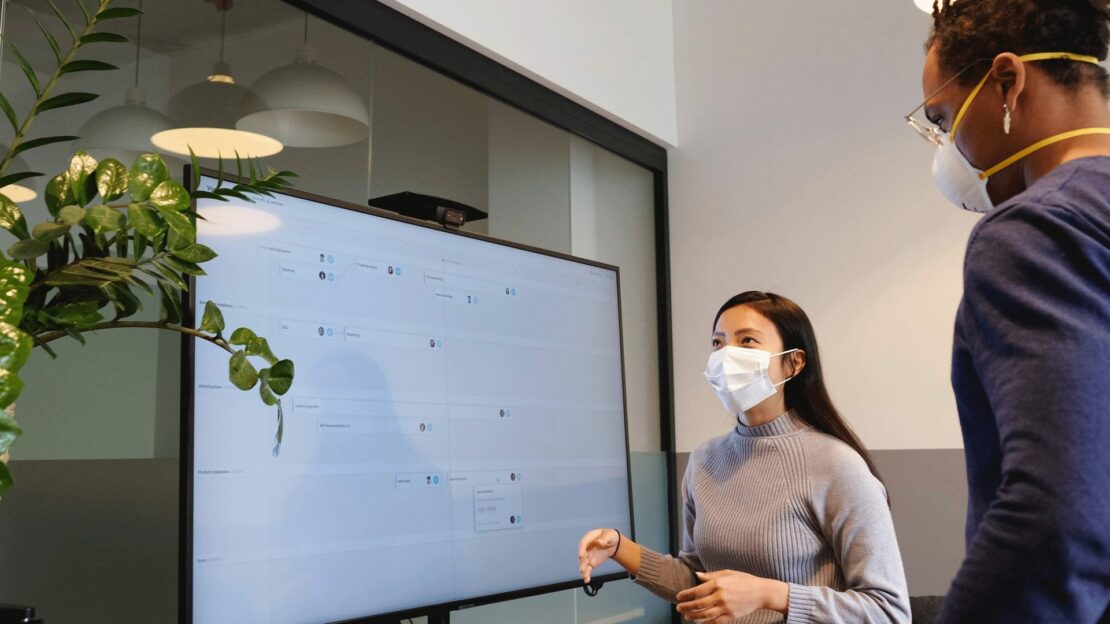The Future of Tech Conferences: Competition will Usher a New Wave of Innovation
octubre 6th, 2023
Tech conferences have had to pivot in the face of COVID-19. The 2020 editions of MWC and SXSW were cancelled, while some conferences were able to change tack and go online. Will some of tech’s famous conferences even be back? Tech brands have an opportunity to fill the conference void with exciting online events of their own. But how can a brand’s own conference or webinars stand out in an already crowded market for our web-based attention, and how can they guard against Zoom fatigue?
For brands, there’s nothing like meeting your target audience and media face-to-face, and to showcase your product in person. For decision-makers, the chance to experience products first-hand and ask probing questions is not something that could ever be fully replicated in the virtual environment. I fondly remember the last event I went to in February, before it all shut down.
Yet here we are. Conferencing has changed and we won’t be going back to the old ways any time soon. Online is easier in so many ways – less cost of tickets, easier to build your working day around presentations and dip into the content you want and out of those you don’t.
But what does this mean for tech brands?
Stand out with an incredible experience
Despite having all been used to webinars and web conferencing for years, the sudden rush to online has forced tech brands to really think about the experience. To stand out against the regular Zoom presentations done from a home office, there is a huge opportunity to innovate.
One recent example that stood out for me is Kaspersky’s NEXT 2020 conference. I attended as Grayling had been involved in arranging one of the key debates on human augmentation. As a delegate, you felt the same feeling of being at a real conference as you waited in a customised virtual lobby for entry to the main event.
From there, it became a hybrid experience of an in-studio anchor from tech journalist Kate Russell, with four panellists based in four different countries on both sides of the Atlantic appearing via video link. And you know what? It really worked. The Q&A facility and Twitter support meant that delegates could ask questions directly to panellists there and then – or be followed up with later.

Sure, it wasn’t in-person, but it was highly immersive. To get that level of quality you need to invest time and resource and have a great technical team to create that rich experience.
High-quality content and speakers are essential
As with offline events, the calibre of the speakers and the quality of the material is what will attract online delegates. Using the speakers’ social networks will continue to be critical in drumming up interest and having a compelling or timely topic is naturally going to attract more curiosity.
Keep it brief, focussed and exclusive
Another key consideration is timing. Shorter, easily dip-in-and-out able sessions with delegates given passes to limited sessions could help people focus and increase attendance. We know with free events, for example, that people are much more likely to drop out. That’s where exclusive access and good old-fashioned goody bags can help attract people into the room.
Use data and aim for continual improvement
Data will be critical on understanding what topics where important, what timings suited people best, where those delegates came from, and – of course – it is key to capture their feedback on their exit from the event or shortly afterwards.
There is a huge hunger for knowledge, so tech brands need to be clear on how they can present useful content to media and audiences, and create an immersive, engaging experience.
Are planning your next online event? Can we help? Drop me a line at Liz.Alexander@grayling.com


